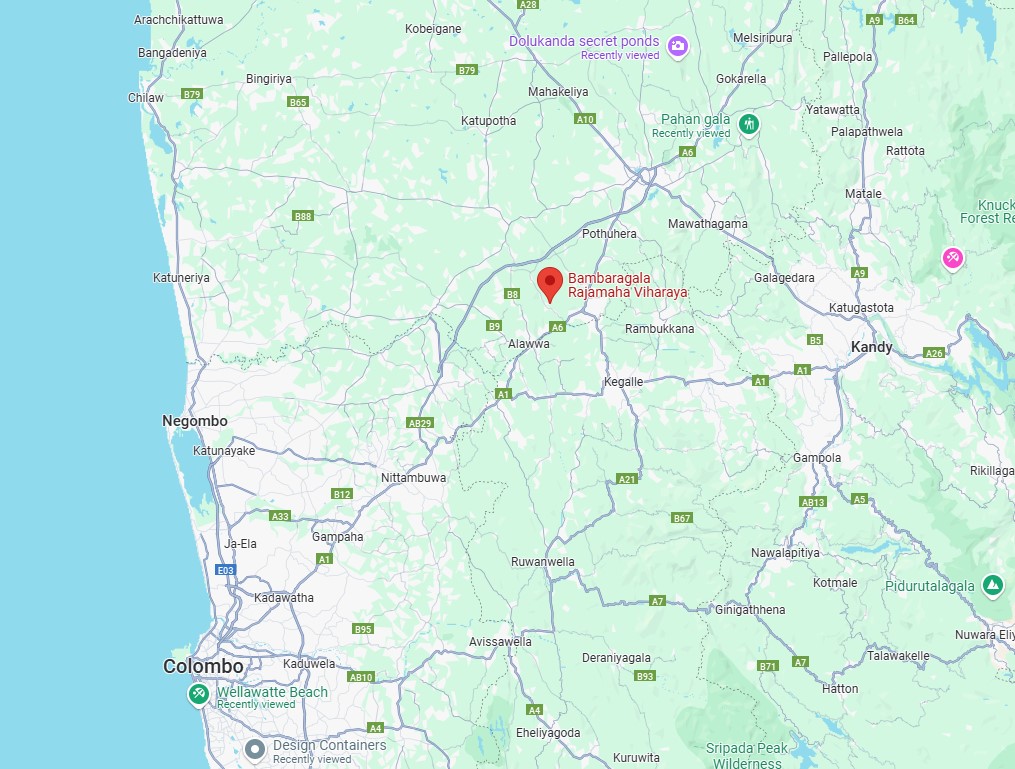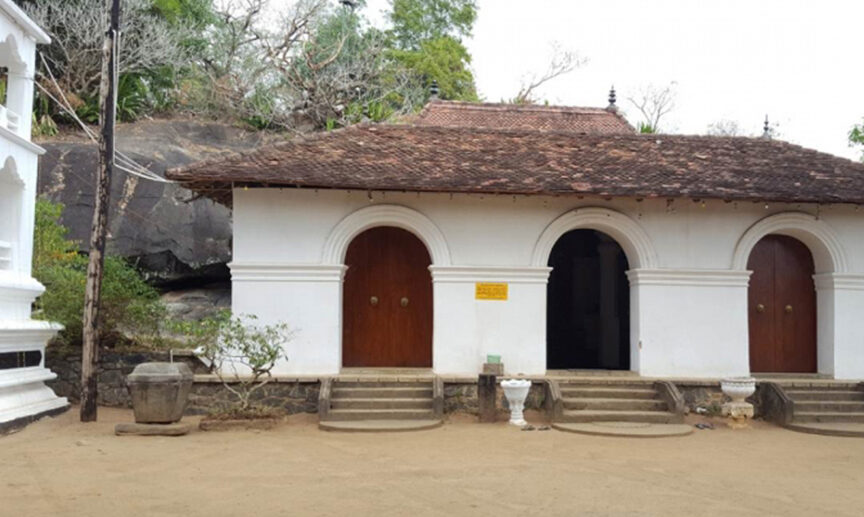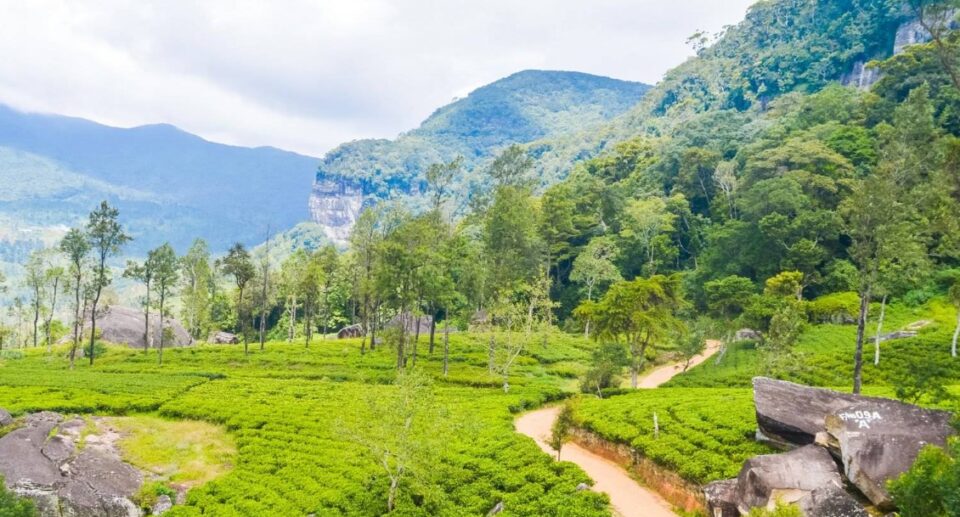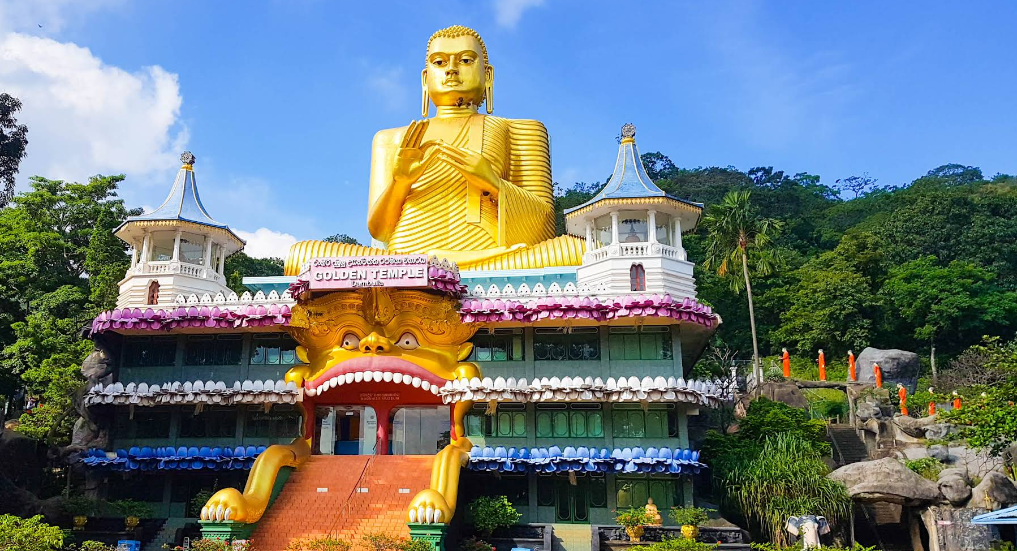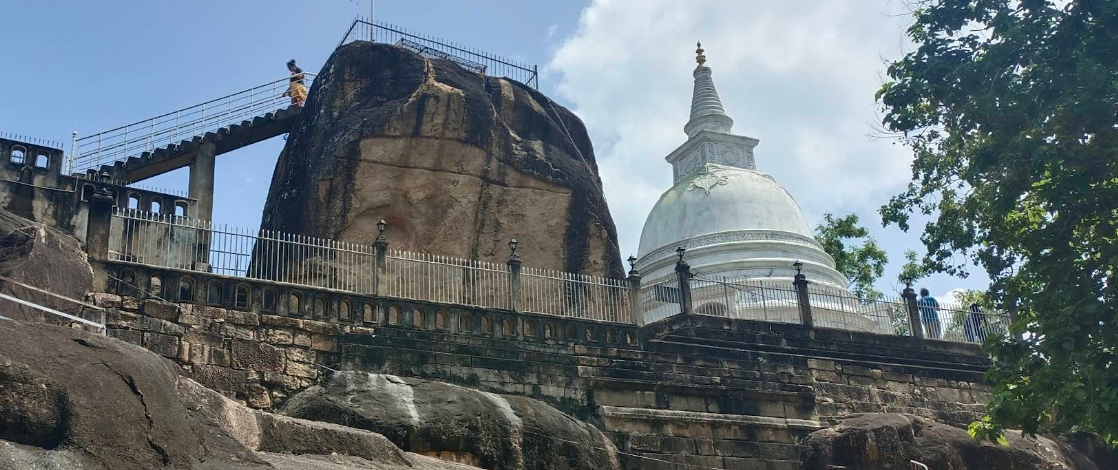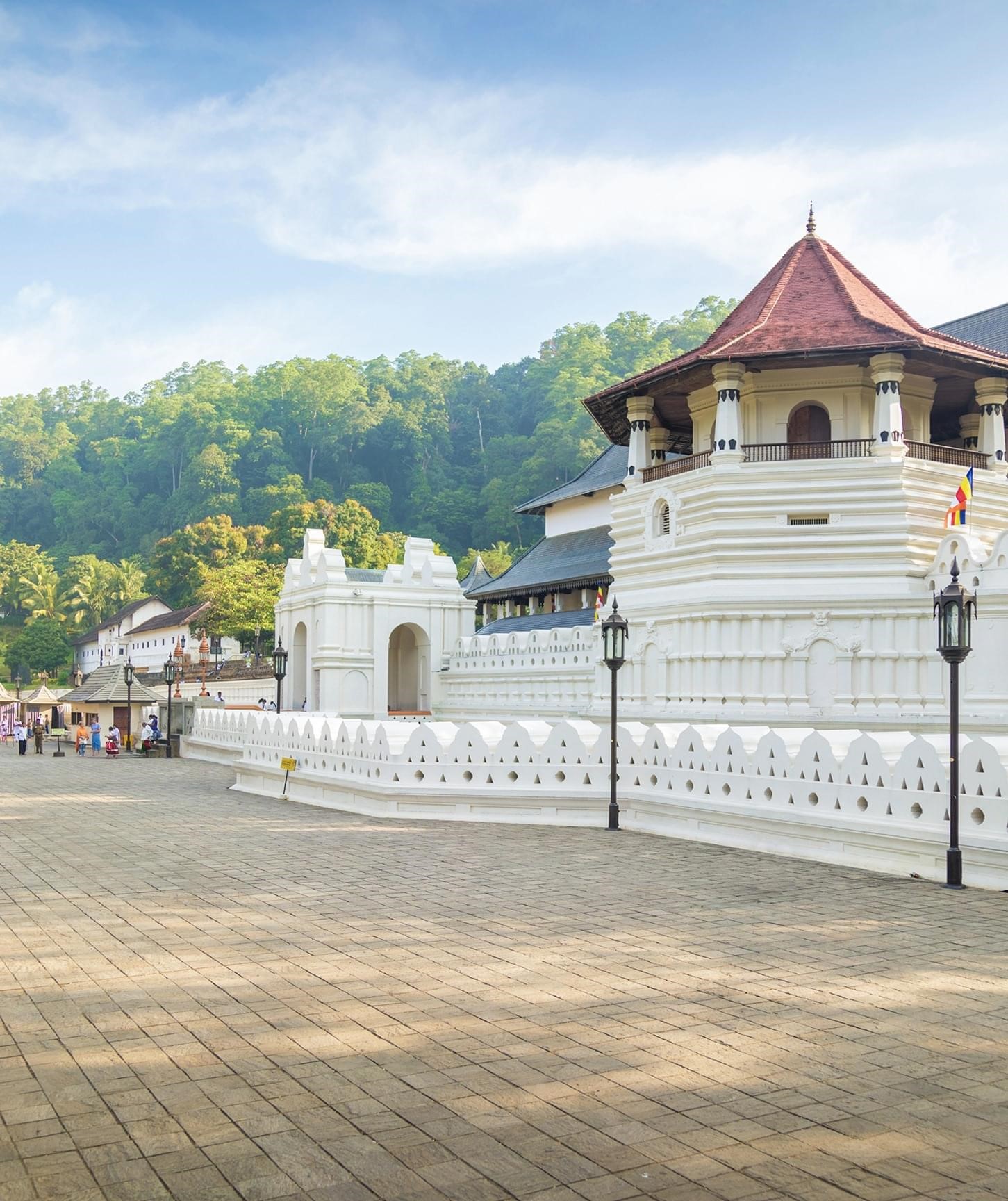Bambaragala Rajamaha Viharaya: A Sacred Temple Hidden in the Hills
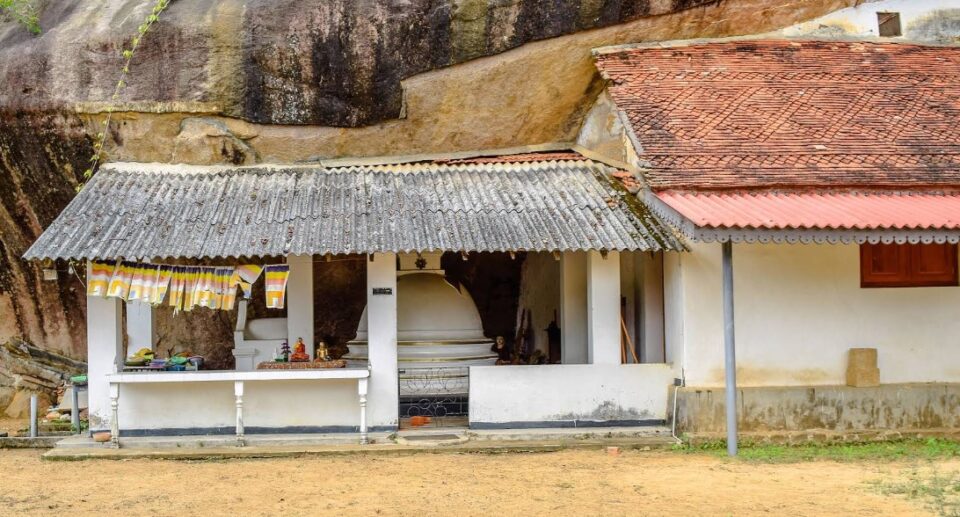
Situated in the serene hills of Kandy, Sri Lanka, the Bambaragala Rajamaha Viharaya is a Buddhist temple with intense historical, religious, and cultural significance. Its title, “Bambaragala,” reflects the natural attractiveness of the area in which it is located—”Bambara” describing a forest area and “Gala” a rock, as it pertains to the natural elements that characterize the location of the temple. This temple not only plays a significant role in the religious life of the community but is also a hidden treasure for those looking for calm, history, and a glimpse into Sri Lanka’s Buddhist past.
Historical Significance
Bambaragala Rajamaha Viharaya dates back to the 12th century when the nation was ruled by King Parakramabahu I (1153-1186), one of the greatest kings of ancient Sri Lanka. King Parakramabahu I was a patron of Buddhism and is credited with having sponsored the establishment and renovation of Buddhist temples on the island. History regarding the temple runs deep into the religious and political development of the island.
The temple is part of the series of Viharas (monastic complexes) built in the central region of Sri Lanka, where monks who dedicated their lives to preserving and keeping the Buddha’s teachings lived. Over the centuries, Bambaragala Rajamaha Viharaya has been a sanctuary for monks, pilgrims, and natives. It has witnessed the arrival and departure of kings, the rise and fall of kingdoms, and the preservation of Sri Lanka’s rich Buddhist heritage. Apart from its historical importance, the temple is also closely associated with the Kandy Kingdom, the last independent Sinhala kingdom before British colonial rule in the 19th century. Kandy, the capital of Sinhalese power, has numerous temples and religious places, so Bambaragala Rajamaha Viharaya is an important part of the region’s spiritual heritage.
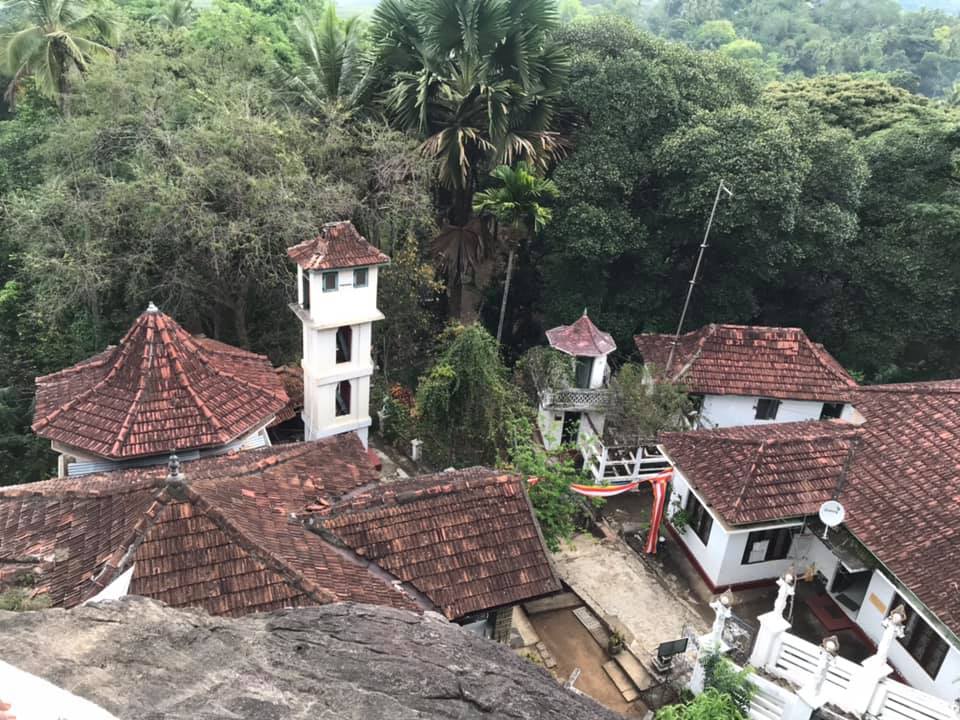
Apart from its historical importance, the temple is also closely related to the Kandy Kingdom, the last independent Sinhala kingdom before British colonial domination in the 19th century. Kandy, the old capital of Sinhalese authority, is replete with temples and holy sites, and Bambaragala Rajamaha Viharaya is an integral part of the region’s spiritual heritage.
Architectural Features
As is the case with most of the ancient Buddhist temples of Sri Lanka, Bambaragala Rajamaha Viharaya is traditional in its Sri Lankan Buddhist architecture, which is elegant and simple in nature. The temple’s architecture reflects the cultural and religious ethos of the period, and most of its features still remain symbolic of Sri Lanka’s rich Buddhist tradition.
The highlight of the temple is the Main Shrine Room or Uposatha Hall, which houses the statue of the Buddha. The statue of the Buddha is generally seated in meditation posture (Dhyana Mudra), depicting enlightenment and peace. The statue, which is made of stone or bronze, has an expression of calmness on its face that resonates with the Buddhist ideas of peace and compassion. The shrine is adorned with intricate murals depicting the life of the Buddha, the Jataka tales (stories of the Buddha’s previous existence), and other aspects of Buddhist philosophy.
The other significant architectural feature is the Bambaragala Rajamaha Viharaya stupa (or dagoba). The stupa is a large, dome-shaped monument that enshrines relics of the Buddha or revered monks. The stupa’s shape is representative of the universe, with the base representing the earth, the dome representing the heavens, and the spire representing the spiritual dimension. The stupa Bambaragala is typically circled by smaller shrines, bodhi trees (sacred fig trees), and bell towers, characteristic of Buddhist temples in Sri Lanka.
The meditation hall is a key part of the temple and gives a calm and quiet environment for the tourists and practitioners to meditate and reflect. The temple is set amidst natural beauty in plenty, and most tourists are drawn not only by the religious significance of the temple but also by its idyllic setting amidst the hills and greenery.
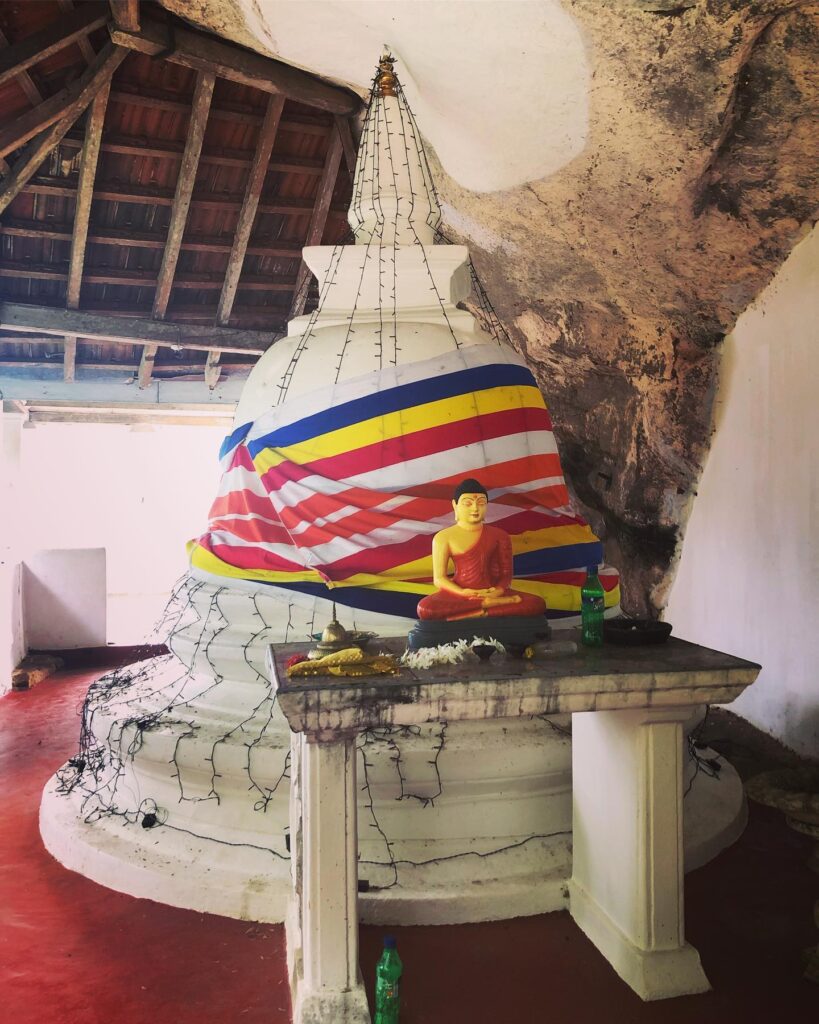
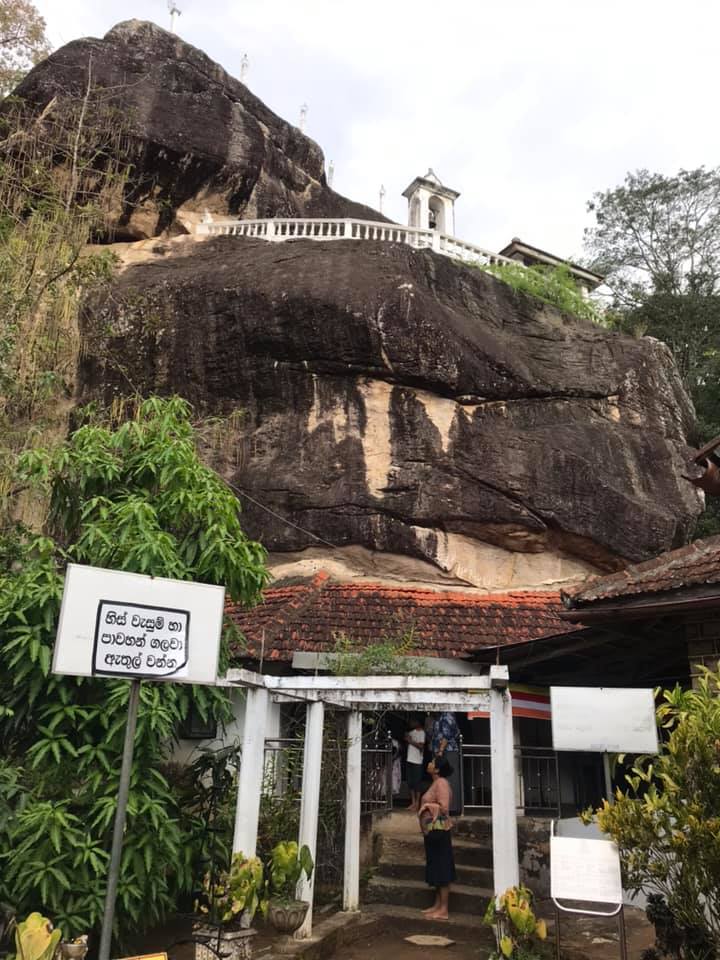
Religious Practices and Rituals
Bambaragala Rajamaha Viharaya, as most Buddhist temples in Sri Lanka, is a place of worship, meditation, and communal gatherings. The temple is central to the life of Buddhists in the area, and monks from the temple conduct numerous religious rituals and ceremonies that are an integral part of the island’s Buddhist heritage.
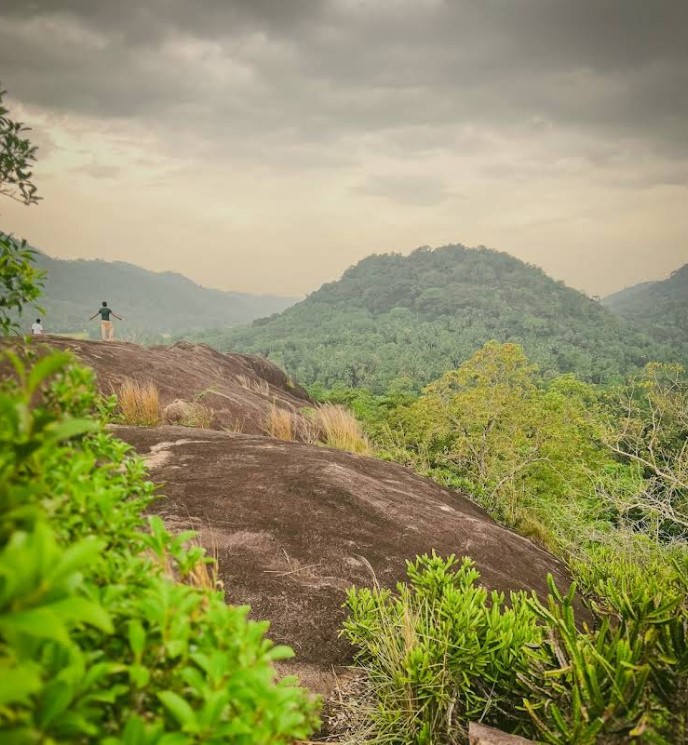
On Poya Days, on the full moon of each month, the temple holds special observances, with monks and devotees participating in prayers, offerings, and meditation. Poya marks a special day in the Buddhist calendar since it commemorates significant occasions in the Buddha’s life, such as his birth, enlightenment, and death. On these days, devotees visit the temple to offer flowers, incense sticks, and light lamps, while the monks conduct chanting sessions in order to pray for blessings.
The temple also organizes Vesak festivals, marking the birth, enlightenment, and death of the Buddha. Vesak is a significant Buddhist festival in Sri Lanka, and it is celebrated with a number of rituals including lighting lamps, making food offerings, and public processions. The festivals remind individuals of the teachings of the Buddha and bring communities together in reaffirming their commitment to leading a good life.
The practice of meditation is the backbone of Bambaragala Rajamaha Viharaya’s spiritual existence. The peaceful environment of the temple provides an ideal setting for meditation retreats. Monks conduct meditation retreat sessions for those seeking inner peace and spiritual enlightenment. Vipassana (insight meditation) and Samatha (tranquility meditation) are practiced and taught to novices and experienced practitioners alike.
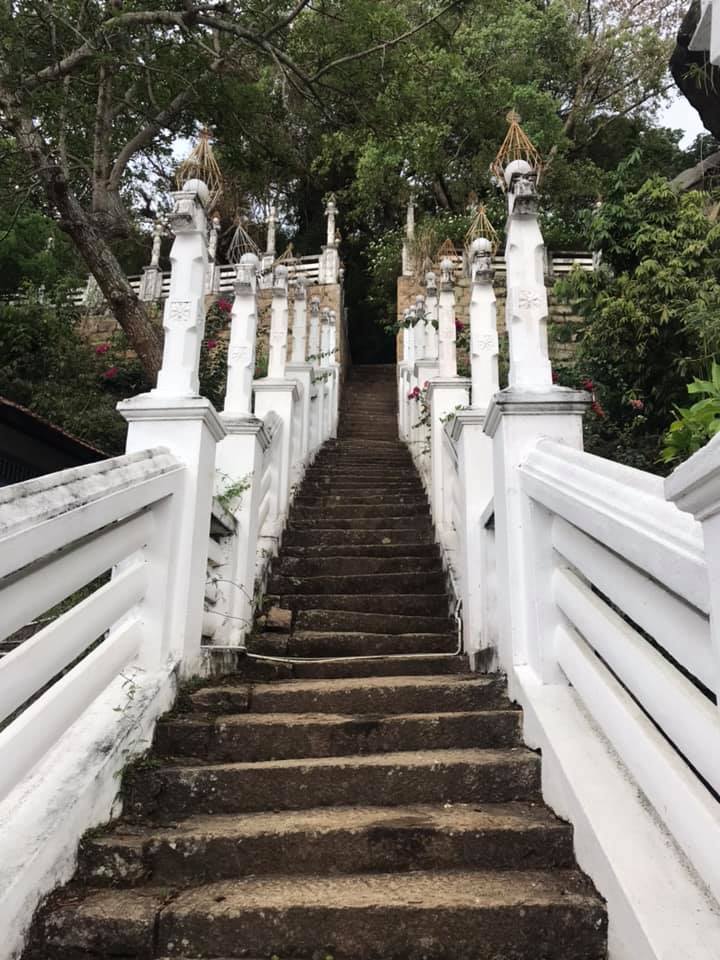
The Temple and the Community
Bambaragala Rajamaha Viharaya is not merely a temple of worship but also the hub of the local community. The monks in the temple provide spiritual guidance to the people of the area, counseling them concerning personal and societal matters. The temple is a source of comfort for members of the community seeking solace or assistance. The temple also hosts cultural events, which are patronized by the people of the area. It is a hub for spiritual education and social welfare, offering relief to the poor, the sick, and the elderly.
The majority of the youth from the surrounding villages receive their primary education in the Buddhist monastic tradition in the temple, learning the basics of Buddhism, Sinhala literature, and language. The temple thus plays an important role in the transmission of cultural values as well as the preservation of local traditions.
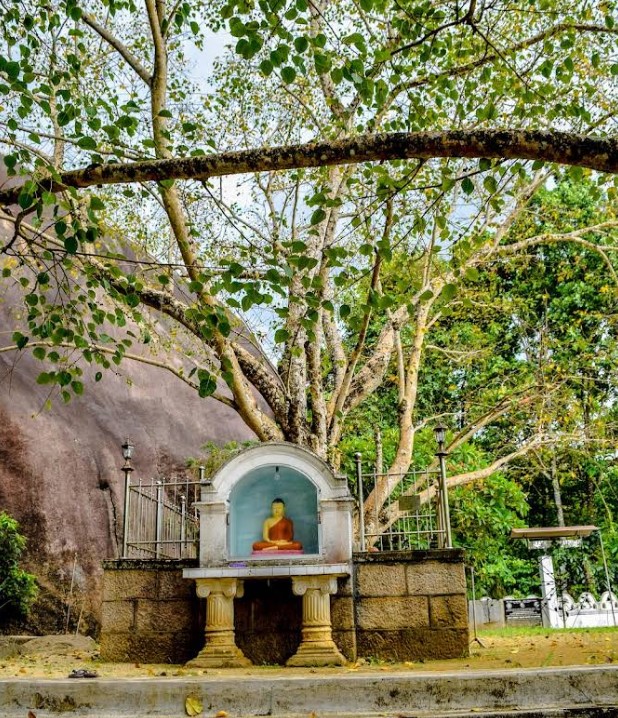
Additionally, Bambaragala Rajamaha Viharaya has also become an important pilgrimage site. Pilgrims from across Sri Lanka and beyond come to the temple to seek blessings, pay respect to the Buddha, and perform religious rituals. The peaceful atmosphere of the temple and the natural surroundings provide a perfect environment for contemplation and spiritual restoration.
The Natural Beauty of the Temple
Arguably the most remarkable aspect of Bambaragala Rajamaha Viharaya is its setting. Situated within lush greenery and hills, the temple gives tourists the opportunity to immerse themselves in nature as much as spiritual activities. Bird songs, rustling leaves in the breeze, and silent temple grounds contribute to the serene ambiance of the temple.
The region is marked by tea estates, rice fields, and dense forests, and most people come to the site for nature walks and trekking. The ideal location of the temple on a hill exposes it to breathtaking vistas of the surrounding valleys and mountains, and thus it is an ideal place for reflection and spiritual solitude.
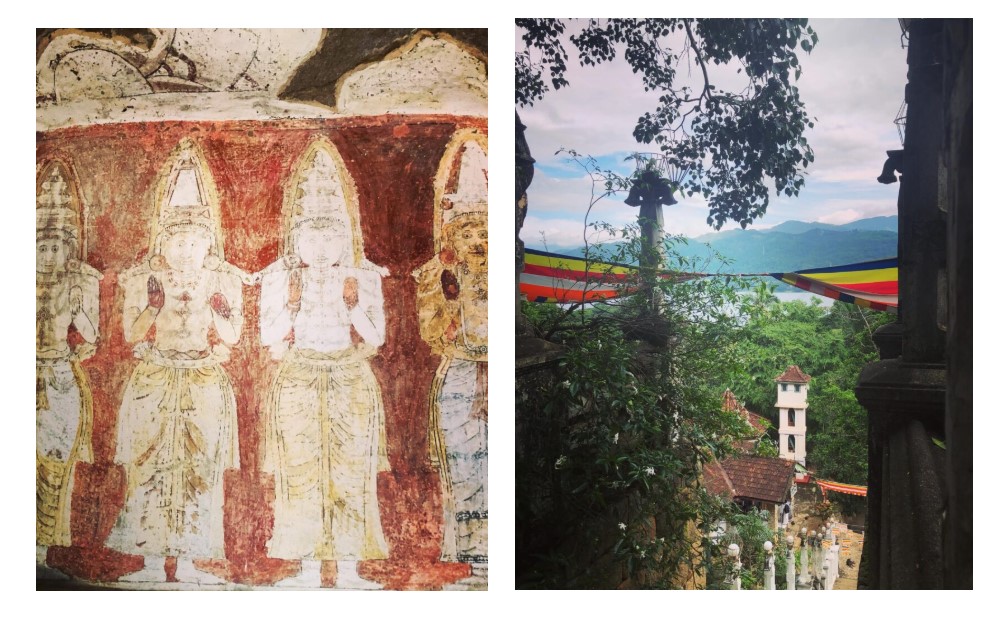
How to go to Bambaragala Rajamaha Viharaya
The temple is located between 10 to 15 kilometers from Kandy city center and is accessible by car, tuk-tuk, or public transport. From the city, one can take the Peradeniya Road and continue following the signboards that lead to Bambaragala. As with any Sri Lankan temple, dressing modestly is advisable as a sign of respect for the religious site by covering the shoulders and knees.
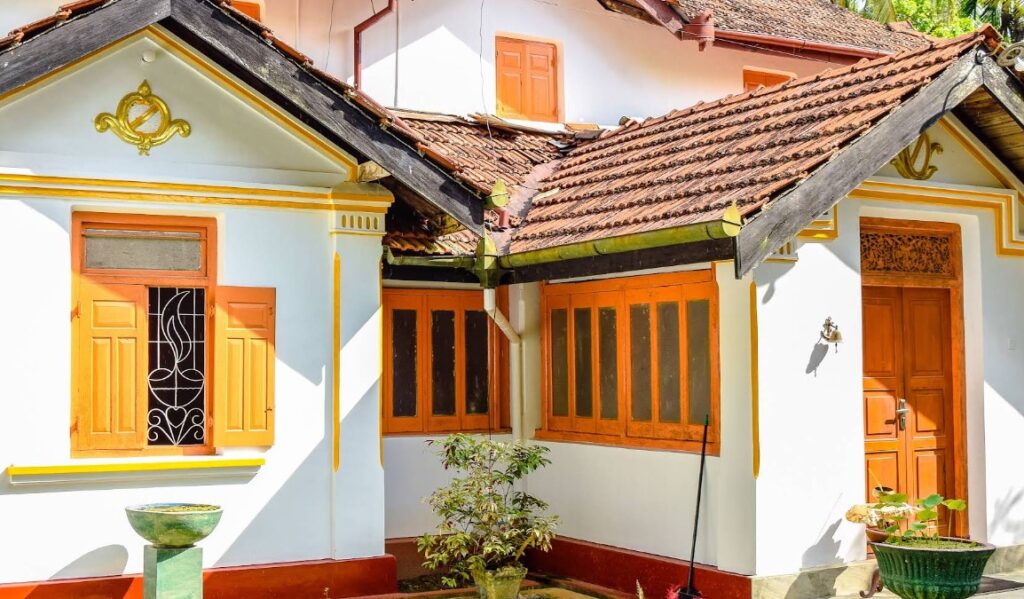
Although the temple is not as well-known as some of Kandy’s more touristy destinations, it offers a less crowded and more serene alternative for travelers who prefer a more intimate experience of Sri Lanka’s Buddhist heritage. Visitors can enjoy the religious atmosphere, the natural beauty of the surroundings, and the sense of timeless tranquility that Bambaragala Rajamaha Viharaya offers.
